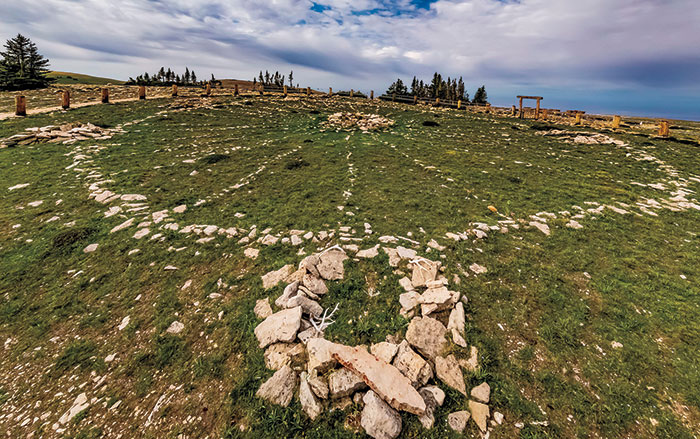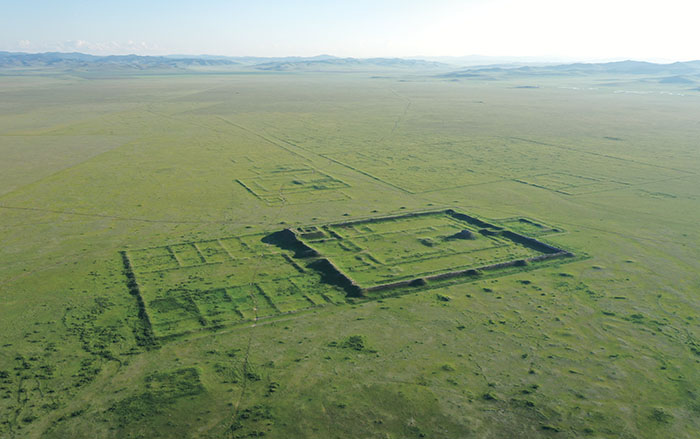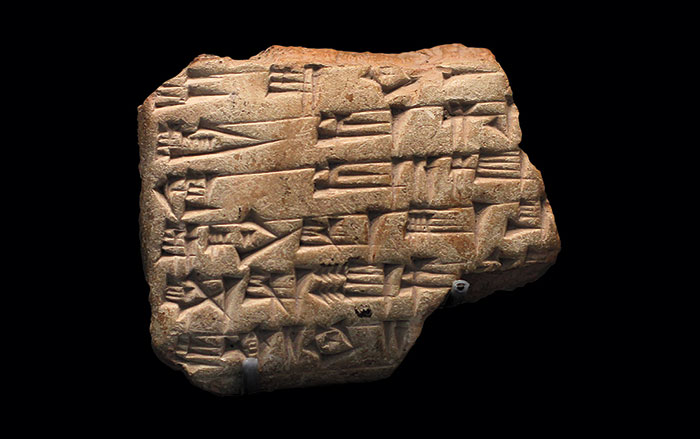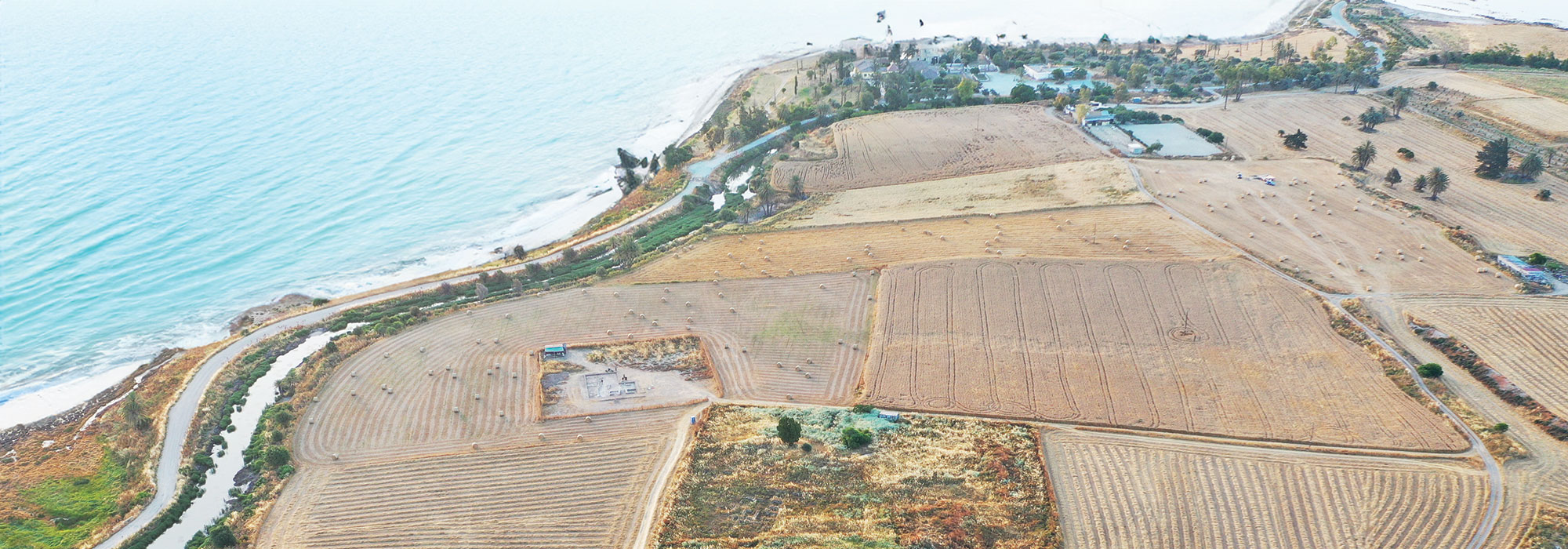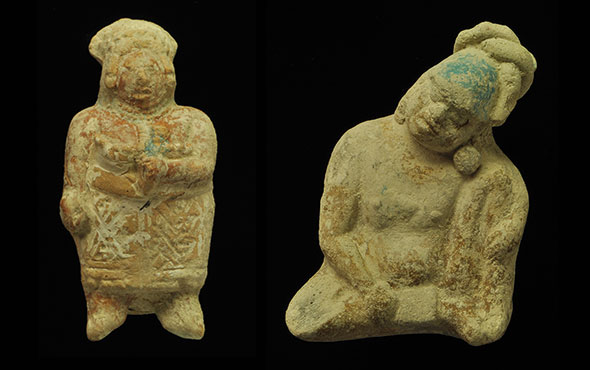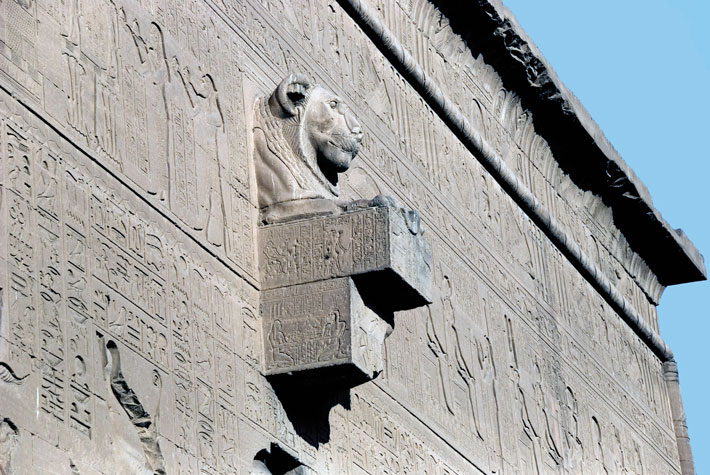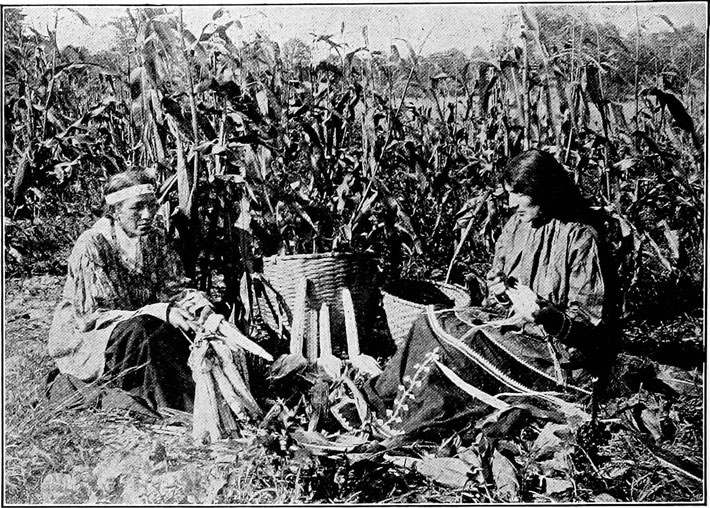
A new study of maize kernels is upending assumptions about Native American agriculture. It was thought that Iroquoian people living in the northeastern United States needed to move their villages every 20 to 40 years because their fields became less fertile over time. The Iroquois did not have domesticated animals that could pull plows and thus lacked livestock manure to use as fertilizer. To the minds of non-Indigenous scholars, this meant that their fields must have been less productive than those of modern farms.
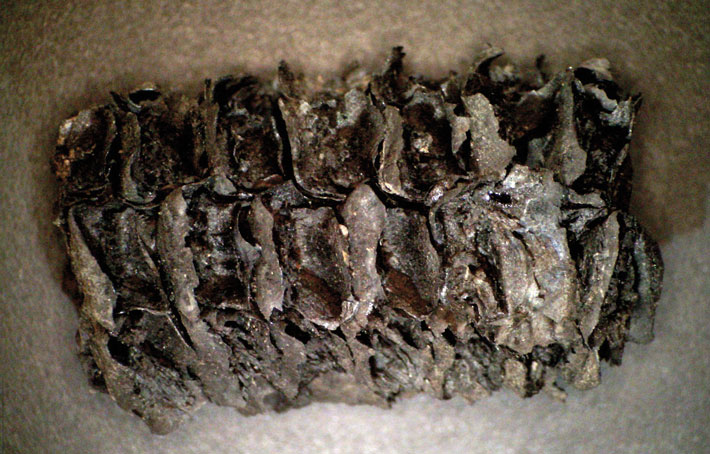
Archaeologists John Hart and Susan Winchell-Sweeney of the New York State Museum analyzed nitrogen isotopes in maize kernels from three pre-European-contact villages in central New York State belonging to the Mohawk, an Iroquoian people. They found that the maize had been grown in soils that were as fertile as those that had been plowed and fertilized using livestock. According to Hart, Iroquois farmers may have been able to maintain high soil nitrogen levels because they grew corn, beans, and squash together and let the plant remains decay back into the soil after the vegetables had been harvested. While plowing releases nitrogen into the air and causes it to oxidize, Iroquoian farming methods disturbed the soil to a lesser degree, rendering fertilizers unnecessary. “Native American farmers understood their crops and understood the need for maintaining soil quality,” Hart says, knowledge they used to support villages of 1,000 to 2,000 people.


